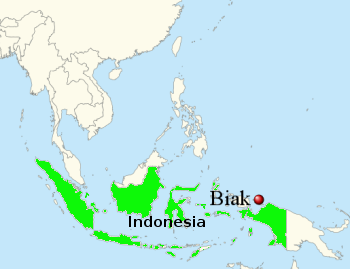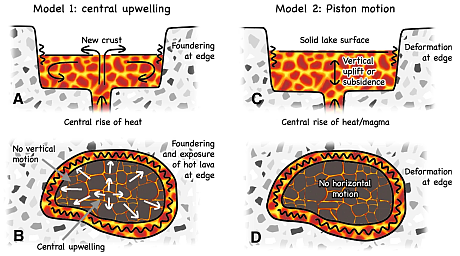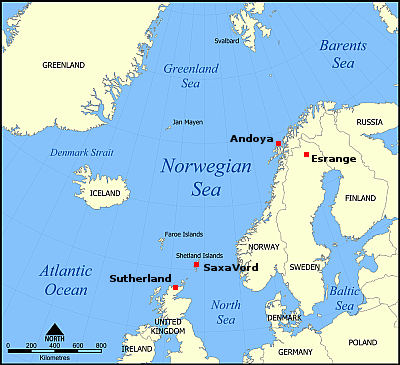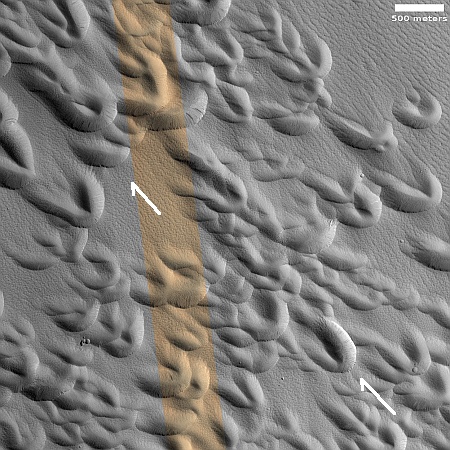Chinese first stage breaks free during static fire test; launches, crashes
The first stage of Chinese pseudo-company Space Pioneer’s new Tianlong-3 rocket, intended for its first launch this summer, crashed and burned today during a static fire test when the equipment holding it down failed.
Video of this spectacular failure is embedded below. The rocket is essentially a copy of SpaceX’s Falcon 9, with that first stage designed to eventually become reusuable in the same way.
This pseudo-company recently announced it had raised $207 million in private investment capital, bringing the total it has raised to $552 million. It was also the first Chinese pseudo-company to launch an orbital rocket using liquid fuels, successfully doing so with its Tianlong-1 rocket in April 2023.
Though static fire engine tests have failed before, this appears to be the very first ever to actually break free and launch itself. Fortunately, according to both government and Space Pioneer officials, no one was hurt.
What impact this will have on China’s pseudo-private rocket industry is unknown. This incident isn’t the first, with a tank test by pseudo-company Landspace in January 2024 injuring three.
Moreover, there are hints that the Chinese government might be repossessing control from these companies (as I have expected from the start). Landspace, as well as two other pseudo-companies, Expace and Ispace, have been testing methane-fueled rockets, with Landspace having completed one orbital launch in December 2023 and all three successfully completing hop tests of their first stages.
Last week however a Chinese government agency successfully completed a 10-kilometer hop test of its own methane-fueled first stage. I wonder how much of its design was developed independently, or taken from these three pseudo-companies by the government. I suspect the latter, since none of these companies are really privately owned. They might seem so, but the communists can confiscate everything they have at any moment, and clearly supervises and dictates what they do, step-by-step.
» Read more
The first stage of Chinese pseudo-company Space Pioneer’s new Tianlong-3 rocket, intended for its first launch this summer, crashed and burned today during a static fire test when the equipment holding it down failed.
Video of this spectacular failure is embedded below. The rocket is essentially a copy of SpaceX’s Falcon 9, with that first stage designed to eventually become reusuable in the same way.
This pseudo-company recently announced it had raised $207 million in private investment capital, bringing the total it has raised to $552 million. It was also the first Chinese pseudo-company to launch an orbital rocket using liquid fuels, successfully doing so with its Tianlong-1 rocket in April 2023.
Though static fire engine tests have failed before, this appears to be the very first ever to actually break free and launch itself. Fortunately, according to both government and Space Pioneer officials, no one was hurt.
What impact this will have on China’s pseudo-private rocket industry is unknown. This incident isn’t the first, with a tank test by pseudo-company Landspace in January 2024 injuring three.
Moreover, there are hints that the Chinese government might be repossessing control from these companies (as I have expected from the start). Landspace, as well as two other pseudo-companies, Expace and Ispace, have been testing methane-fueled rockets, with Landspace having completed one orbital launch in December 2023 and all three successfully completing hop tests of their first stages.
Last week however a Chinese government agency successfully completed a 10-kilometer hop test of its own methane-fueled first stage. I wonder how much of its design was developed independently, or taken from these three pseudo-companies by the government. I suspect the latter, since none of these companies are really privately owned. They might seem so, but the communists can confiscate everything they have at any moment, and clearly supervises and dictates what they do, step-by-step.
» Read more









